Whether your car has a factory-installed direct tire pressure monitoring system (TPMS) or an aftermarket direct TPMS, you still need to ensure that you have physical tire pressure sensors installed on your wheels. So how do you know if your tires have TPMS sensors? We've done the research for your reading pleasure.
Direct TPMS sensors are mounted on the rims or wheels rather than the tires. Some styles of direct TPMS sensors are readily identifiable through the tire valve. However, checking for other styles will require you to demount your tire from the rim.
If you would like to know more about vehicle TPMS, then you have come to the right place. Read on, and we will do our best to help you understand how TPMS works and how to identify, program, and even replace some of its components.
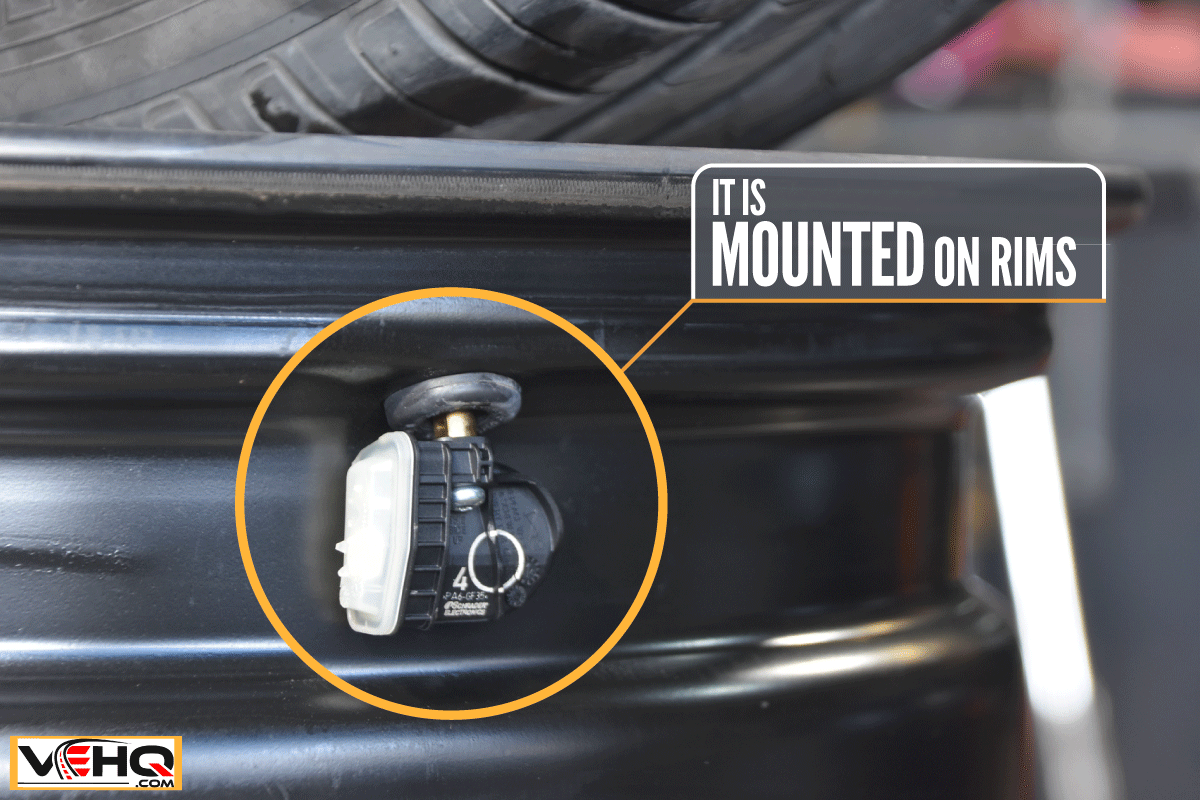
How Can You Tell If Your Tires Have TPMS Sensors?
There are two types of automotive TPMS today, namely direct and indirect. Direct TPMS monitors tire pressure directly using tire pressure sensors. Indirect TPMS, on the other hand, uses anti-lock braking system (ABS) sensors to detect tire pressure imbalance indirectly.
To make things clear, only direct TPMS use physical tire pressure sensors. You can find most of these sensors mounted on the rims or wheels of the tires. However, some newer sensors are on the tire valve caps themselves.
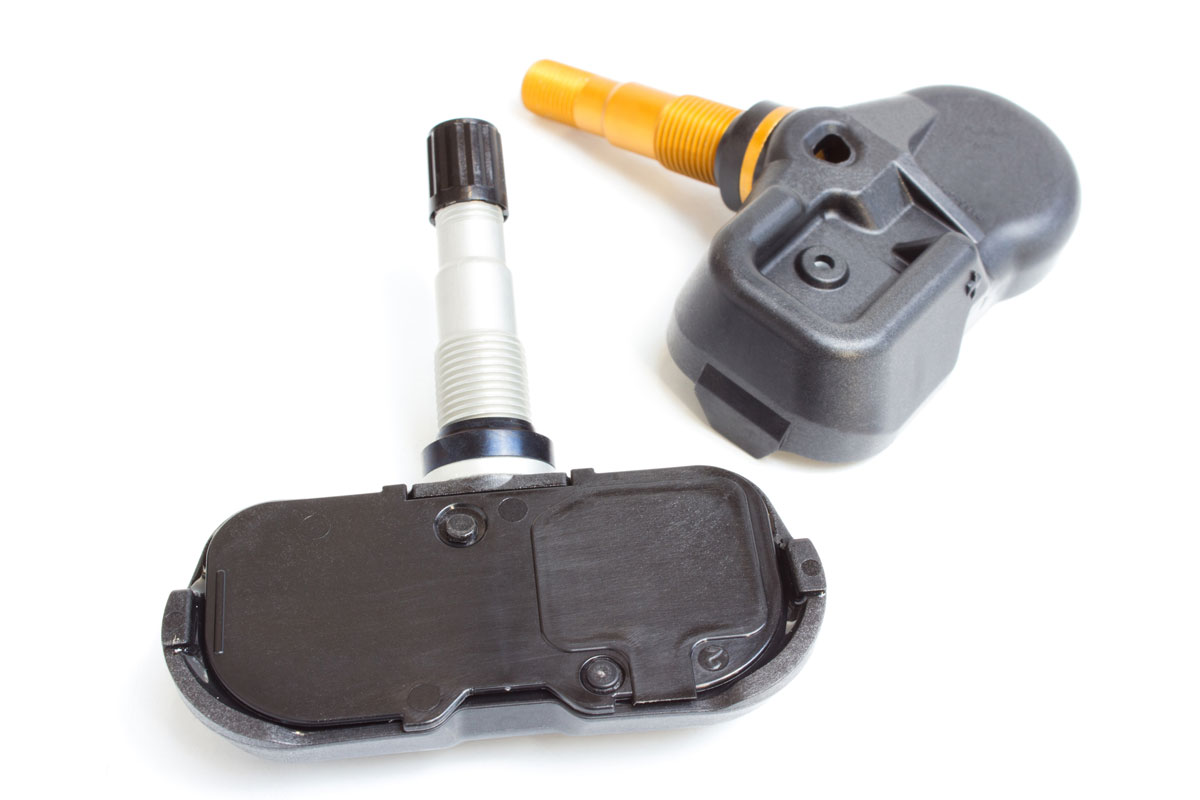
Moreover, under direct TPMS, there are four styles of tire pressure sensors.
- Snap-in
- Clamp-on
- Banded
- External or Cap-based
Snap-in TPMS Sensor
Snap-in sensors use rubber valves that are very similar to traditional non-TPMS tire valves. These sensors snap into the base of the rubber valves using a key-shaped adaptor or a screw.
You can tell if you have a snap-in TPMS sensor by removing your tire valve's cap and looking at the valve stem. The valve stem should have an extended metal part between the rubber section and the base of the cap threads. This metal part usually has a "TPMS" mark.
Many American vehicles use locally-produced snap-in sensors. These sensors are often easy to mount as they require little to no mounting equipment for installation.
Check out this 4-piece snap-in TPMS sensor set on Amazon.
Clamp-In Sensors
Clamp-in or clamp-on sensors also use the tire air valves. However, unlike snap-in sensors, this second sensor style mounts on the rim's valve hole using a mounting nut. Furthermore, clamp-in sensors use grommets on the outer part of the valve stem for sealing purposes.
Most clamp-in sensors use metal valve stems. You can also identify clamp-in sensors without demounting the tires by checking for the metal grommet on the valve stems.
Clamp-in sensors may come in one-piece or two-piece designs. For two-piece designs, the tire valve represents the first piece, while the physical sensor is the second piece.
Many luxury car owners prefer the look of clamp-in sensors over snap-in sensors. Moreover, some clamp-in sensors have adjustable mounting options that make them ideal for larger rim sizes.
Check out this 4-piece set of clamp-on TPMS sensors on Amazon.
Banded Sensors
Banded TPMS sensors do not make use of the tire valves for mounting. Instead, these sensors monitor the tire pressure while attached to a "cradle" mounted on the drop center of the inner surface of the rim.
Banded sensors are meant to be mounted 180 degrees away from the tire valve. Because of this location, banded sensors do not interfere with tire mounting and demounting. Some models from Ford, Corvette, Lincoln, and Mercury use banded TPMS sensors.
Check out this banded tire pressure sensor on Amazon.
External Or Cap-based Sensors
External or cap-based sensors screw on top of your valve stem in place of traditional tire valve caps. These sensors measure the air pressure using the valve openings.
Out of all sensor styles, external sensors are the easiest to install. However, external sensors also have plenty of disadvantages. Aside from being constantly exposed to the elements, these sensors are also prone to theft. Furthermore, external sensors are not as accurate as internal ones.
Below is a helpful video for three of the four TPMS styles we discussed.
How Do I Know If My Car Is Equipped With TPMS?
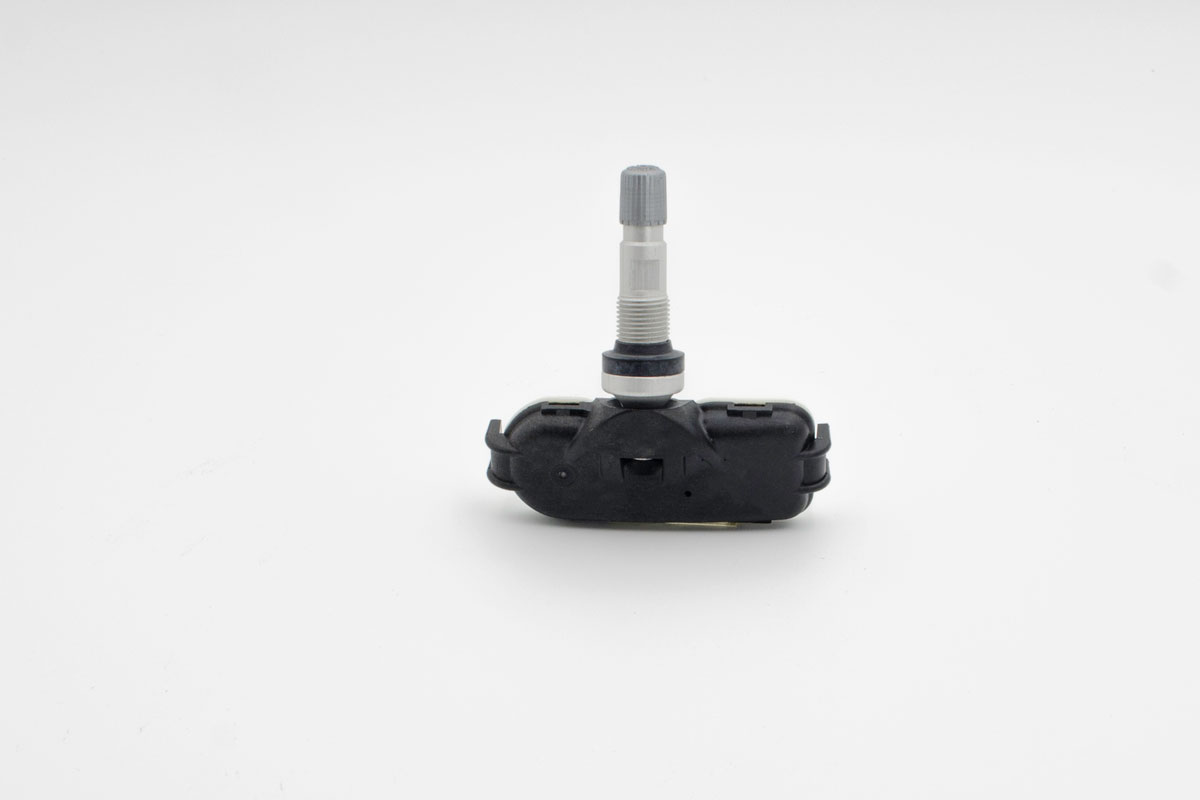
In the U.S., the TREAD Act of 2000 requires all cars and light-duty vehicles to have TPMS if they:
- Were manufactured after September 1, 2007
- Have a gross vehicle weight rating (GVWR) of less than 10,000 lbs.
However, dualies or vehicles with dual wheels on a single side of an axle are exempted from this requirement.
It has been a decade and a half since the TREAD Act's compliance date. Therefore, we can expect that the majority of passenger cars on the road today have TPMS.
Nevertheless, without inspecting the tire valves or demounting the tires from the rim, drivers can easily know if their cars have TPMS.
First, drivers can check their good old car owner's manual. If their specific model has TPMS, the corresponding manual should have a section detailing the feature's functions.
Second, drivers can check their instrument cluster during vehicle start-up. You can turn the ignition to the "Aux" or "On" position, or you can start the car. If the car has TPMS, then an appropriate indicator should light up on the instrument panel during the car's start-up.
Finally, you can use a TPMS programming and diagnostic tool to check the presence of sensors.
This tool can detect the signals sent by the tire pressure sensors to the car's computer or TPMS receiver. If the test fails, there is either no physical sensor on a tire or the sensor is malfunctioning.
Check out this TPMS Tool on Amazon.
What Is A TPMS On A Car?
TPMS is an electronic, sensor-driven automotive system that monitors the vehicle's tire pressure. TPMS alerts drivers when any of the tires become under-inflated.
The National Highway Traffic Safety Administration (NHTSA) requires these systems to alert drivers when a tire's air pressure falls below 25% of the recommended inflation level. This alert comes from an indicator or warning light on the driver's instrument panel.
There are two TPMS types: direct and indirect.
Direct TPMS
As we have discussed, direct TPMS uses physical sensors to measure the air pressure inside the vehicle's tires. The sensors relay this information via radio frequency to a receiver. In factory-installed systems, this is usually the car's computer or electronic controlling unit (ECU).
The ECU, in turn, controls the activation of the TPMS display on the driver's instrument panel. In some aftermarket TPMS products, the receiver unit is also the display unit.
Some aftermarket products may be more informative than many vehicles' stock systems, as the former can give real-time tire pressure. With this information, the driver will know about any under-inflation way before the NHTSA-required threshold of 25%.
Check out this best-selling aftermarket external TPMS kit on Amazon.
Indirect TPMS
Indirect TPMS uses a car's existing ABS sensors to estimate the air pressure in the vehicle's tires. Like the direct systems, indirect TPMS also alerts drivers when a tire becomes under-inflated by 25%.
How do ABS sensors measure air pressure, you may ask.
ABS sensors measure wheel speed as part of their function for the car's ABS. These sensors are programmed to measure this speed when the tires are inflated to their recommended pressure.
If ABS sensors detect a different speed for one of the wheels, it assumes that the tire on that wheel has insufficient air pressure.
Because indirect TPMS rides on ABS sensors to function, it does not need physical tire sensors. Hence, car owners need not buy new tire pressure sensors every once in a while.
However, indirect TPMS has its disadvantages.
Indirect TPMS is less accurate than direct TPMS. Indirect systems also need reprogramming every time you rotate your tires or change your tires' pressure. You may want to change your tire pressure to increase or decrease grip, depending on the season or the terrain conditions.
Furthermore, indirect TPMS also needs reprogramming when you do not change all of your tires at the same time. Newer tires will have larger diameters, while older used tires will have smaller diameters. The older and smaller tires will have to spin faster to travel the same distance.
Finally, the indirect TPMS alert may not activate if all four tires are under-inflated.
Do You Need To Replace TPMS With New Tires?
If your direct TPMS sensors are still in good condition, then there's no need to replace them with every change of tires. Of course, you have to ensure not to damage the sensors during the tire mounting and demounting processes.
How Long Do Tire Pressure Sensors Last?
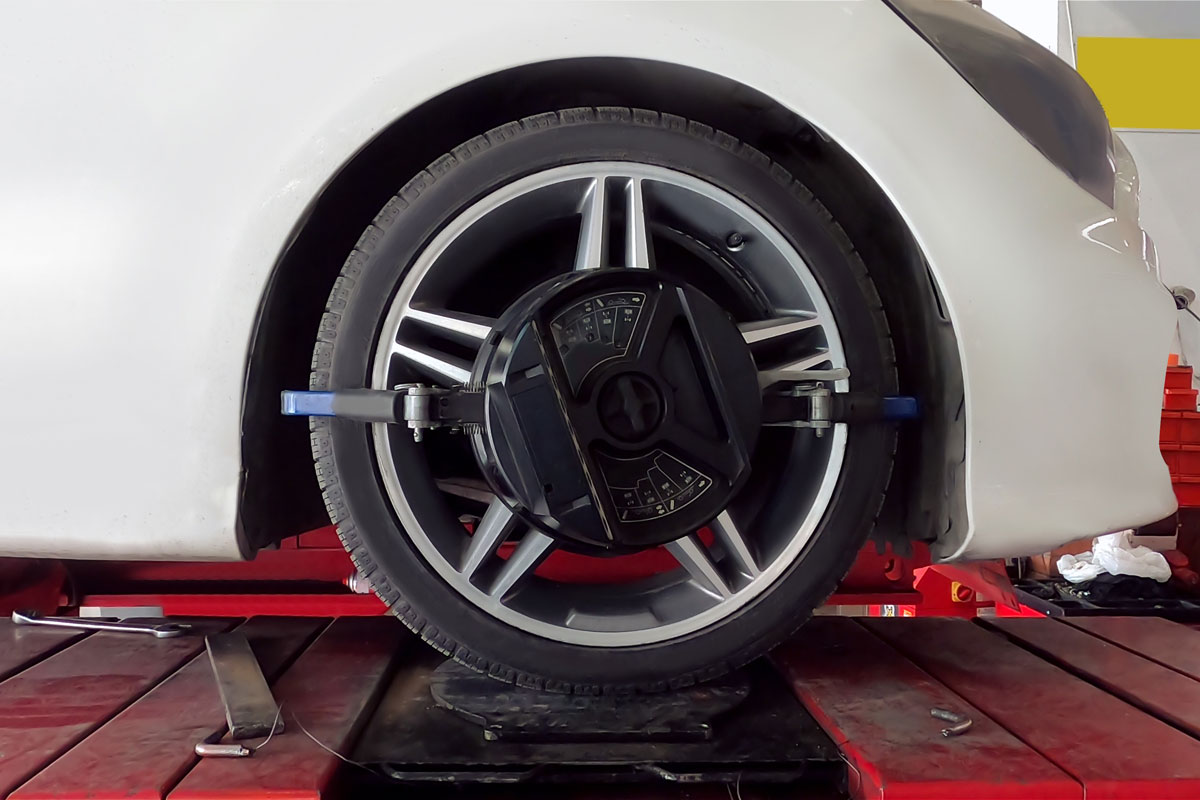
Older TPMS sensors typically last between five and six years. However, newer sensors may have longer service lives of five to ten years. This lifespan depends highly on the sensors' battery life.
Most modern TPMS sensors have built-in, non-replaceable lithium-ion batteries. If the batteries die out, you need to replace your sensors.
TPMS sensors send out tire pressure information more often when the vehicle is in motion. If the car is idle or sitting in the garage most of the time, the sensors will not drain their batteries as much.
Can I Replace Just One TPMS Sensor?
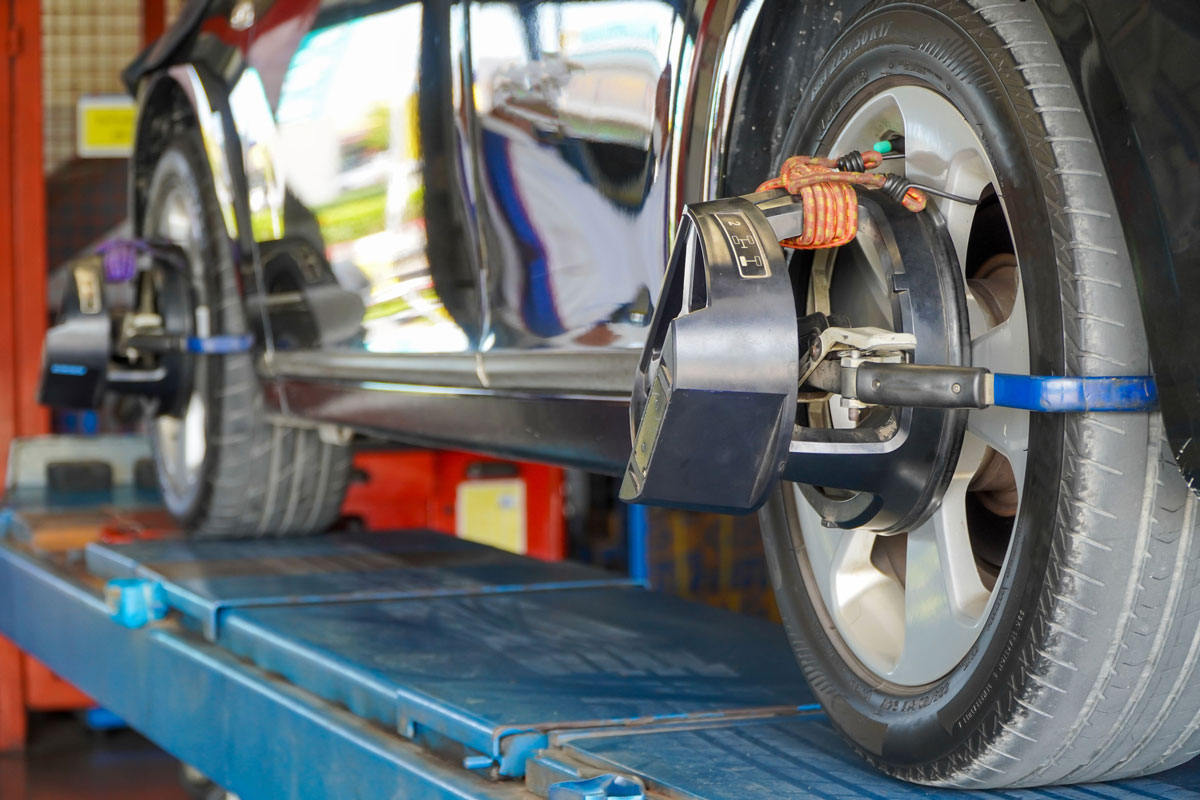
If one of your TPMS sensors sustains physical damage, then you may replace it without replacing all the others. However, if one of your sensors starts malfunctioning after years of use, then you probably need to replace your entire set of sensors.
Wrapping Up
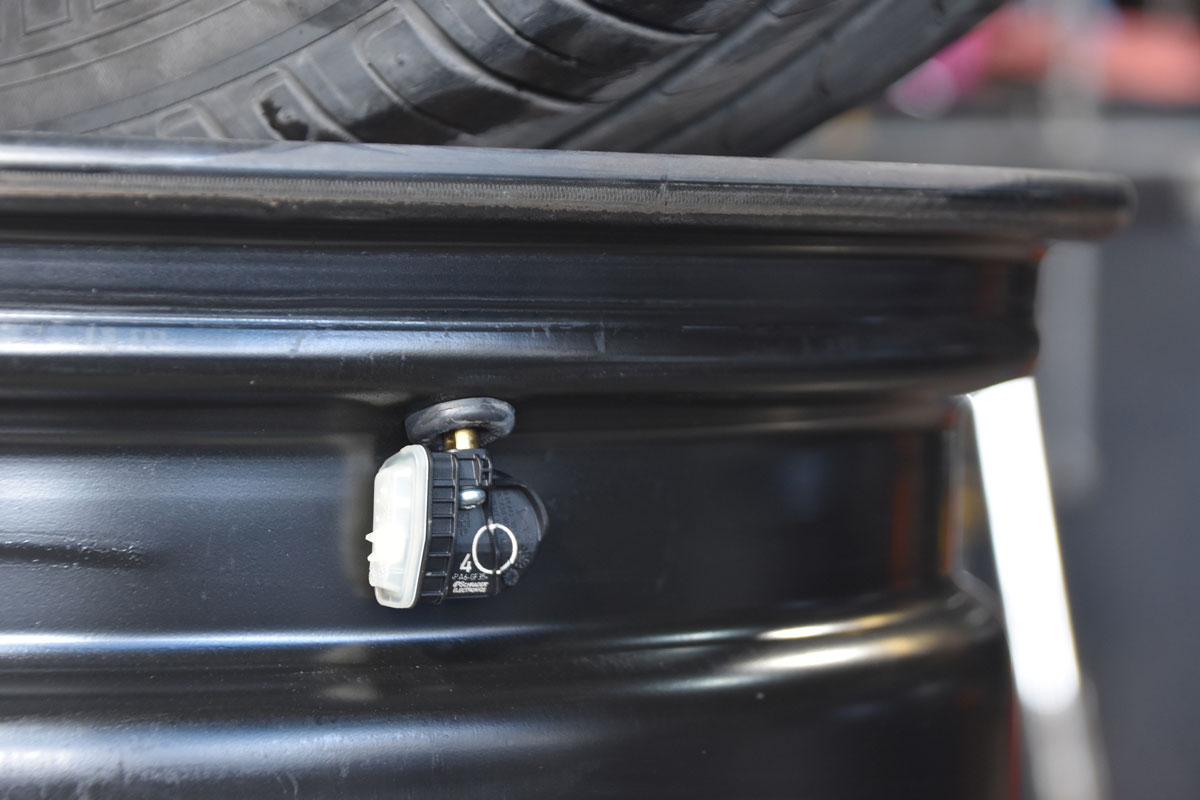
Thank you very much for reading. We hope we were able to help you understand more about tire pressure monitoring systems.
For more interesting reads about tires and other automotive topics, please check out these great articles.
Why Do New Car Tires Wear Out So Fast?





